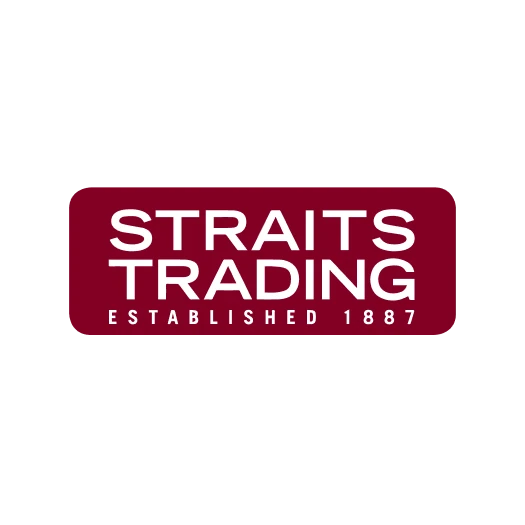Are you constantly putting out fires on the production floor? Does your team struggle to keep operations flowing smoothly? One unexpected production halt can disrupt schedules, inflate costs, and harm customer trust, especially in fast-paced manufacturing environments.
Downtime can impact productivity significantly. Industry research suggests that downtime might account for 5% to 20% of lost productivity in manufacturing operations. This reinforces just how costly even short delays can become when operations aren’t tightly managed.
The issue often lies not in the breakdown itself but in the lack of foresight and coordination. Without proper tools and visibility, teams are left scrambling. This causes delays to spread across departments, slowing down everything from production to delivery.
The good news is that you can prevent these disruptions. By optimizing your processes and adopting the right digital tools, you can improve coordination and reduce risks. Let’s explore what typically causes halts and how to effectively avoid them.
Key Takeaways
|
What is Production Halt?
A production halt refers to any situation where manufacturing operations come to a stop. This can be intentional, such as during routine maintenance, or unexpected, due to a system failure. In both cases, the pause impacts productivity and output.
When downtime is scheduled in advance, teams can prepare for it. Planned halts are often used for machine servicing, safety inspections, or equipment upgrades. Although they temporarily interrupt operations, they help maintain long-term efficiency and reduce the risk of sudden breakdowns.
What Causes Production Halt?
Unplanned production halts, however, can severely disrupt the flow of production. These are often triggered by:
- Equipment failures
- Human error
- Supply shortages
- System overloads
Unlike scheduled downtime, these disruptions are harder to predict and more costly to manage.
Unexpected stops can lead to missed delivery deadlines, wasted materials, and increased compliance risks. In industries with perishable goods or strict quality standards, even a short delay can cause significant losses. That’s why it’s essential to avoid production halts by identifying weak points before they create bottlenecks.
5 Tips to Avoid a Production Halt

A single interruption can slow down your entire manufacturing line. To reduce the risk and ensure smooth operations, consider applying the following strategies designed to improve control, flexibility, and supply chain resilience.
1. Analyze your processes and resource planning
Begin by mapping out each stage of your production process. This allows you to identify bottlenecks, optimize task sequencing, and allocate resources more efficiently. A clear view of production flow helps prevent oversights that can lead to unnecessary downtime.
2. Design for flexibility and quick response
Manufacturing systems that adapt to changes quickly are better equipped to handle demand shifts or supply issues. Build flexibility into your processes so you can scale, switch products, or adjust output without triggering a full production halt.
3. Strengthen inventory management
To prevent stock-related delays, invest in a reliable inventory system. By using automated tools to track stock levels, set reorder points, and receive real-time updates, you can avoid production halt caused by late replenishment or incorrect stock data.
4. Implement preventive maintenance routines
Unexpected technical failures are a leading cause of unplanned downtime. Regularly inspect equipment, maintain your electrical systems, and ensure that your switchboards and critical machines are in optimal working condition. Preventive maintenance protects both your productivity and workforce.
5. Use manufacturing software to increase visibility and control
Finally, even the most organized processes are vulnerable without real-time insights. A modern manufacturing software solution provides end-to-end visibility, automates task tracking, and supports faster decision-making. These tools help you maintain operational stability and respond quickly when disruptions arise.
As more manufacturers adopt digital solutions, early users gain better control and faster improvements. Investing now helps avoid costly disruptions. Click the banner below for HashMicro’s manufacturing software pricing. Eligible Singapore businesses may also receive support through the CTC Grant to offset costs.
The Importance of Manufacturing Software to Avoid Production Halt
Manufacturing depends on accuracy and timing. When problems arise, even small delays can ripple across production. Manufacturing software reduces downtime by giving your team real-time access to machine performance, task progress, and output levels through one centralized platform.
With automated alerts and performance tracking, you can detect early signs of wear or failure. This makes it easier to schedule maintenance in advance, prepare spare parts, and prevent disruptions that could otherwise halt production unexpectedly.
In addition, automation features streamline everyday processes. Task assignments, inventory updates, and production planning all become faster and more reliable. As a result, your operations run more smoothly with fewer delays caused by manual errors.
Operators can also respond more quickly when issues arise. With access to clear dashboards and timely updates, your team spends less time troubleshooting and more time solving problems at the source to keep production moving.
Ultimately, manufacturing software supports more than just visibility. It helps you take control, respond faster, and prevent both planned and unplanned stoppages. That’s why it plays a key role in every strategy built to avoid production halt.
How an ERP System Helps in Manufacturing
![]()
Keeping production lines running efficiently requires more than fast machines or skilled labor. Without a clear view of what causes delays, manufacturers struggle to prevent repeated issues. This is where a smart ERP system becomes essential to maintaining consistency and output.
HashMicro’s ERP with Hashy AI integrates into manufacturing, offering real-time monitoring, automation, and downtime tracking to boost efficiency. It analyses equipment performance, provides insights, and helps respond quickly to disruptions, ensuring seamless production.
The system collects and analyzes data automatically, making it easier to uncover patterns and plan smarter. These insights support proactive maintenance scheduling and reduce the likelihood of surprise breakdowns that could halt your operations.
Here are some of HashMicro ERP’s key features for downtime prevention and productivity improvement:
- Real-time equipment monitoring: Keep track of machine performance and production line status without delay.
- Automated data collection and analysis: Identify trends and recurring issues using intelligent analytics.
- Customizable dashboards and reporting: Access clear insights to support operational decisions and performance tracking.
- Integration with maintenance planning: Coordinate maintenance tasks more effectively to prevent avoidable halts.
- Instant alerts and notifications: Respond quickly to performance issues as they arise to reduce downtime.
For manufacturers seeking to minimize downtime and improve efficiency, HashMicro’s ERP offers a practical, end-to-end solution. Its features not only keep your operations moving but also give your team the data and tools needed to make better decisions faster..
Conclusion
Avoiding production halt requires more than quick fixes. It involves analyzing internal processes, maintaining equipment proactively, improving inventory visibility, and using flexible systems that can adapt when conditions change. Together, these strategies help ensure operations stay consistent and efficient.
Manufacturing software plays a major role in making that happen. With HashMicro’s ERP system, you gain access to real-time performance data, automated alerts, and powerful tools to plan, prevent, and respond to production risks. The platform empowers your team to work smarter and stay one step ahead of downtime.
Interested in seeing how it works? Click the banner below to request a free demo and discover how HashMicro ERP can support your factory in reducing downtime and increasing productivity.
FAQ about Production Halt
-
What happens when production stops?
Production stoppages lead to delayed orders, idle labor, wasted materials, and reduced profitability. They can also disrupt internal schedules and customer commitments.
-
What is the meaning of production standstill?
A production standstill is a complete halt in manufacturing due to critical issues like machine failure or missing materials. It usually requires immediate action to resume operations.
-
What are the five types of production?
The five types are job, batch, mass, flow, and continuous production. Each suits different output volumes, product types, and levels of customization.
-
How does a production halt affect supply chain partners?
It can cause delayed shipments, missed deadlines, and inventory shortages for partners. Repeated disruptions may lead them to switch to more reliable suppliers.
-
Can workforce training reduce the risk of production halts?
Yes. Well-trained staff detect problems sooner, handle equipment properly, and respond faster to issues, all of which help prevent downtime




















































